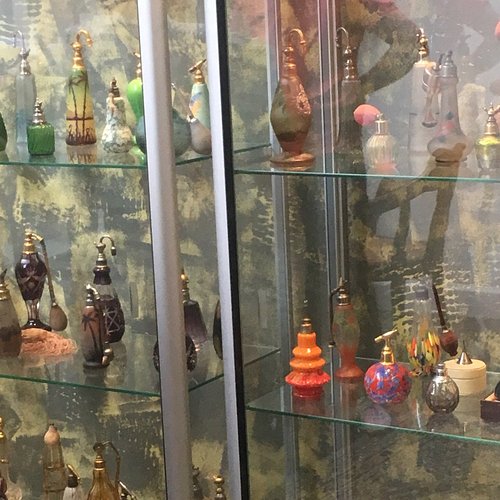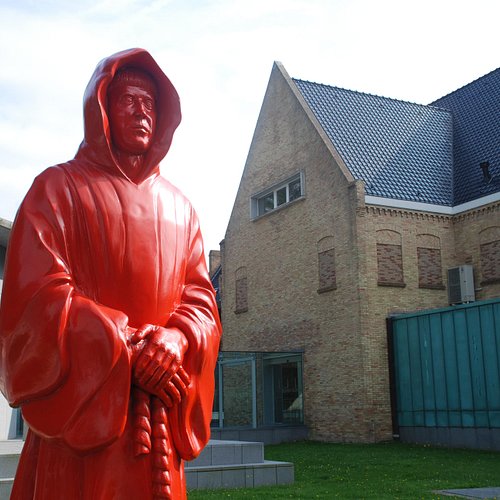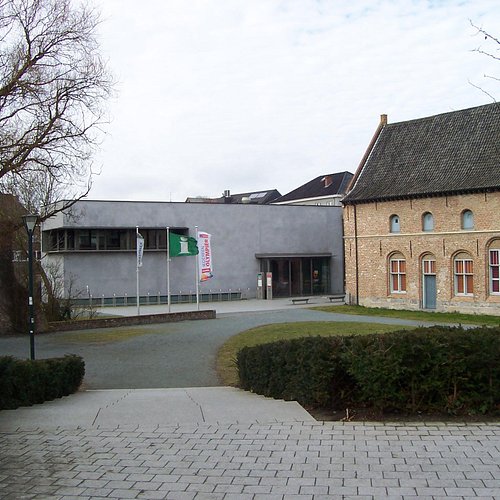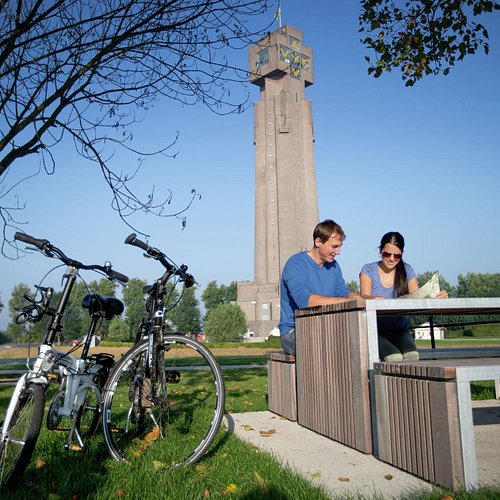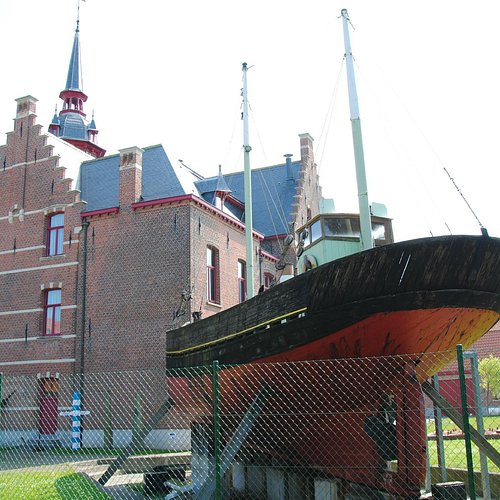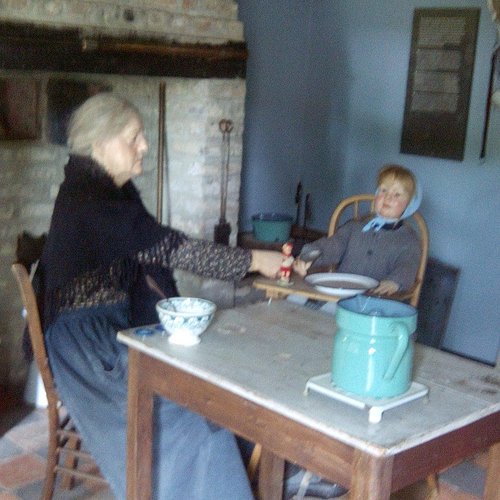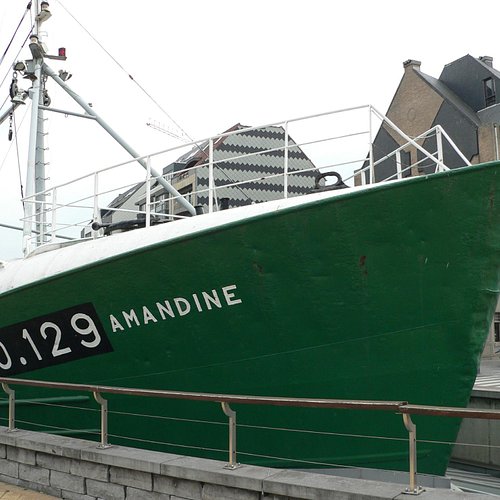What to do and see in West Flanders Province, Flanders: The Best Specialty Museums
Discover the best top things to do in West Flanders Province, Belgium including Kappersmuseum Figaro, For Freedom Museum, MuseOs, Hooge Crater Museum, Abdijmuseum Ten Duinen, Kortrijk 1302, Museum Aan de IJzer, Sincfala: Museum van de Zwinstreek, Navigo-Nationaal Visserijmuseum, Museumschip Amandine.
Restaurants in West Flanders Province
1. Kappersmuseum Figaro
2. For Freedom Museum
Overall Ratings
5.0 based on 271 reviews
Our Mission No inhabitant of the "Zwinstreek" and West Zeeland Flanders was spared repression and hardship between 1940 and 1944. This dark period in our history is the museum’s main theme. It is precisely this phase of our local past that we want to pass on to our children and grandchildren, in the hope that such war violence will not be repeated. Young people need to know that freedom has a price, a price our ancestors paid with hard currency. We must cherish freedom. This important message of peace and tolerance is given daily in the For Freedom Museum.
Reviewed By margotv310
One of the best WWII museums we ever visited! Very extended collection of military relics, beautiful real life stories, great audioguide and friendly staff. 100% recommended!
3. MuseOs
Overall Ratings
5.0 based on 21 reviews
Kindvriendelijk natuurhistorisch museum gespecialiseerd in schedels, skeletten en fossielen van gewervelde dieren uit heel de wereld. Interactieve zoek- en doe-opdrachtjes voor jong en oud. Gratis koffie. Persoonlijke ontvangst door de stichters Luc en Leentje. Openingstijden: in schoolvakanties zo-ma-woe-do van 10h00 tot 17h00 doorlopend. Alle andere dagen van het jaar op afspraak.
4. Hooge Crater Museum
Overall Ratings
4.5 based on 742 reviews
Full scale reconstructions of war scenes, an extended collection of weapons, war equipment and photos make this museum to a true must-see!The chapel, in which the museum is located, dates back from the early twenties. This chapel was built directly across the Hooge Crater cemetery in memory of the many fallen soldiers on the battle fields of ‘Hooge’ over a period of 4 years. Rare military clothing of the troops, that where fighting in the ‘Ypres Salient’ (Ieperboog) are exposed in glass displays. Also you can see some full scale scenes of the Great War battle fields, very authentically reproduced. The theme of the scenes is very divers: German bunkers, British trenches and full scale horses with cavalry troops on their backs.
Reviewed By TopTraveller18 - Four Marks, United Kingdom
Hooge Crater Museum is an interesting and informative museum, which really helped me understand some of the features of the warfare in World War One. There were many visual elements to the museum, with plenty of artefacts and objects that helped explain the key features of the warfare. The museum was a lovely tribute to those who had died and served in the war. There is a café and also a small gift shop, where, amongst other things, bullets found in nearby battlefields can be bought for a very reasonable price. The museum is well kept and a must - go if you are in the area.
5. Abdijmuseum Ten Duinen
Overall Ratings
4.5 based on 98 reviews
Reviewed By Hendrik3078 - Leuven, Belgium
In the visitor site you see information about the history of this important abbey in the middle ages, his impact and decline. The live in an abbey, ... also artefacts found in the ruins, a huge Lego model of the abbey, ... Afterwards you can visit the ruins and get an impression of the size of this abbey.
6. Kortrijk 1302
Overall Ratings
4.5 based on 110 reviews
7. Museum Aan de IJzer
Overall Ratings
4.5 based on 346 reviews
The MUSEUM AT THE YSER is a museum with a message. This message is PEACE, FREEDOM AND TOLERANCE and the idea that violence never brings peace. The museum has 22 floors. Entrance Fees Per person € 8,00 ; CHILDREN AND YOUNG PEOPLE Younger than 7 free ; 7-17 year € 4 The Museum at the Yser (the Yser Tower) is open daily January - February - March - October - November - December: from 9.00 to 17.00 (Sat., Sun-. and Bank Holidays: from 10.00 to 17.00) April - May - June - July - August - September: from 9.00 to 18.00 (Sat., Sun. and Bank Holidays: from 10.00 to 18.00) Closed on 24/25/26/31 December , on 01/02 January + 3 weeks after the Christmas holidays. => The domain is accessible up to 1 hour before closing time. => Dogs are not allowed (except guide dogs).
Reviewed By Michael-Aylesford - Aylesford, United Kingdom
After a very powerful short film, you get the lift to the 22nd floor, for a great panorama of Diksmuide, then decend a floor at a time to look at the very many artefacts of, and detailed information on, the First World War. Quite gripping, and an absolute 'must' to visit if you are anywhere near the area.
8. Sincfala: Museum van de Zwinstreek
Overall Ratings
4.5 based on 50 reviews
9. Navigo-Nationaal Visserijmuseum
Overall Ratings
4.5 based on 156 reviews
In het NAVIGO-Nationaal Visserijmuseum maak je kennis met de Vlaamse vissersfamilie, de heroïsche IJslandvaarders en de garnaalvissers te paard. De rijke museumcollectie verenigt erfgoed, kunst, ambacht en natuur van de Noordzee. Wist je dat je er ook echte Noordzeebewoners kunt ontmoeten?
Reviewed By snailcollector - Walcourt, Belgium
We had a great time at this museum. Our visit to the coast was not so great as the weather was terrible. Wind storm and rain. Didn't even go to see the beach! So, this was a ray of sunshine on our holidays. Staff are very welcoming / friendly. With 4 children ranging in ages from 2 to 9 they all had a great time finding lots to see and do. The aquarium in the basement was a delight. Didn't expect that and was a good way for the children to learn about the local fish and crabs. I think we spent about 1/3 of our time admiring the personalities of the fish. An amazing painting collection of local fishing scenes. Truly impressive. Model fishing boats that were a delight to see. Explanation of the different fishing techniques used. And of course the modest fishermen's family cottages. Lots to see. A rich history that is proudly displayed in a way for all to see, learn, enjoy and understand. A delight! And what is quite poignant if my understanding is correct is that the site of the museum is built upon the memorial of the fishermen lost at sea/ or who died at sea. So if you take the time to wander through the gardens you will find the names of those who risked their lives for their livelihoods. Quite sad as often many of the same family. The museum is a great way to keep their memory alive. And they have a tasteful gift shop with educational gifts and other appropriate items. Worth the visit! You won't be disappointed.
10. Museumschip Amandine
Overall Ratings
4.5 based on 257 reviews
Reviewed By Bubbles73uk - Weedon Bec, United Kingdom
I'm not all that interested in fishing, but my visit to the Amandine ended up being one of my favourite attractions in Ostend. Located right near the port, Amandine sailed her last journey in 1995 & is now an enjoyable little museum showing you what life would be like on a fishing vessel in extreme conditions. Fishing in the cold, stormy waters of the south coast of Iceland for months at a time was both physically & emotionally exhausting. The heroic fishermen of Ostend worked long hours, & lived & worked togeter 24/7 in tight quarters. So why did they do it? The catches consiting mainly of Cod, Haddock, Pollack, Red Mullet, Red Sea Bream, Flounder & Scottish Plaice were HUGE - much bigger than what was found in the North Sea. My visit to the Amandine made me realise that I had never really thought about what life would be like on a fishing vessel, let alone one in extreme conditions. I love museums that make you think about things you hadn't previously considered & this one did, so was a worthwhile experience.

